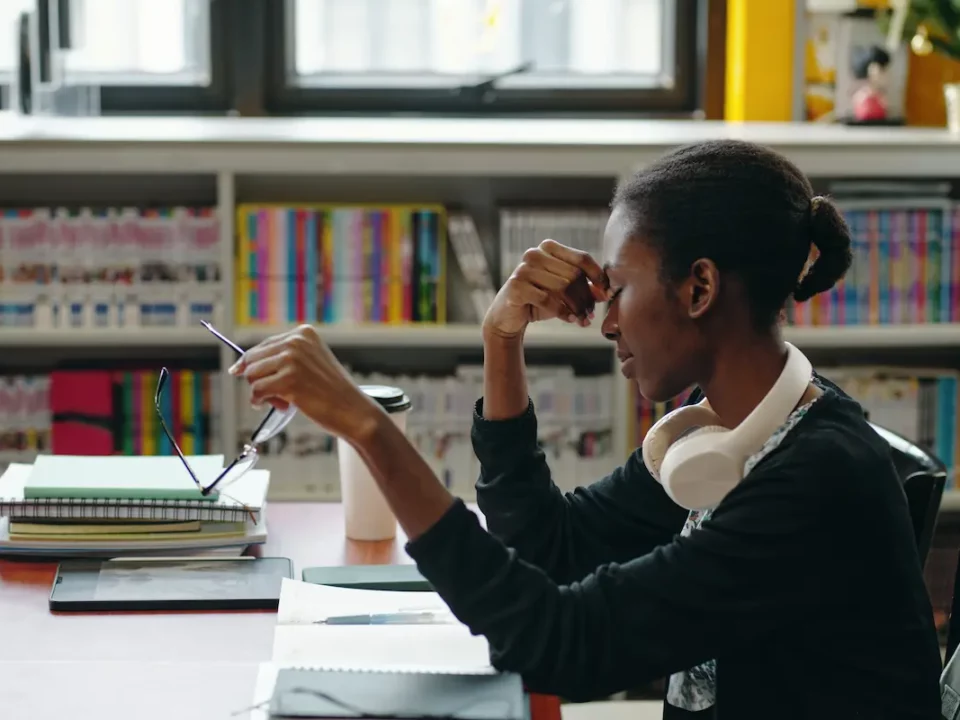How to Implement Planners in the Classroom

As a teacher, you want to see your students succeed. Planners are the best way to keep your students organized and on track throughout the school year but it can be tricky trying to integrate these time-management tools into your classroom. Keep reading for five tips on successful planner implementation and how you can help students learn life-long organization skills.
 Tip #1: Make sure students write down assignments at the beginning or end of class.
Tip #1: Make sure students write down assignments at the beginning or end of class.
Let’s face it, no matter how good we may think our memory is, we’ll most likely forget important things if we don’t write them down. If that rings true for you, the same can be said for your students. While they might believe they’ll remember their assignments after they leave the classroom, they’re more likely to forget the assignment as soon as they walk out the door. To prevent that from happening, make it a part of their daily routine to take out their planners and jot down the assignments for the next day.
 Tip #2: Write homework on the board.
Tip #2: Write homework on the board.
This tip will make tip #1 easier for your students. When they see their homework written out in front of them, they can easily write everything out in their planners.
If you notice students aren’t taking out their planners, take the time at the beginning of class to remind them of assignments. Then ask students to copy everything down before they leave for the day. We’ve made this process even easier with our wall charts! These dry-erase calendars are a great tool to help your classroom learn how to consistently use their planners.
 Tip #3: Go over timelines for big projects or assignments.
Tip #3: Go over timelines for big projects or assignments.
Big projects and long-term assignments can be overwhelming. Breaking them down into smaller, more manageable parts and providing timelines can help your students with time management. Talk through suggested deadlines for each part of the project and tell students to write deadlines down in their planners to stay on track.
 Tip #4: Discuss how planners can help with studying.
Tip #4: Discuss how planners can help with studying.
Planners aren’t just a tool for assignment tracking – they can also help students plan study times. Students can use the monthly and weekly calendars to plan study sessions based on deadlines for assignments, quizzes, tests, and projects. This helps them allocate enough time for different subjects and tasks, preventing last-minute cramming.
 Tip #5: Clarify how prioritizing tasks can reduce stress.
Tip #5: Clarify how prioritizing tasks can reduce stress.
Planners aren’t only a great way for students to keep track of assignments, but they’re also a great tool for effective studying. Ask students about how prioritizing tasks can help them study. Encourage them to look through their planner for important due dates and discuss how managing their time by planning ahead can reduce stress.
Encouraging your students to use their planners daily is just one step to successfully implementing them throughout the year. It’s essential that everyone involved in your students’ lives (parents, grown-ups, administration, etc.) and even your students themselves understand the importance of time management. If you’re looking for more implementation resources, check out our teacher implementation guide and our How To Use Your Planner videos for elementary and middle/high school students.



